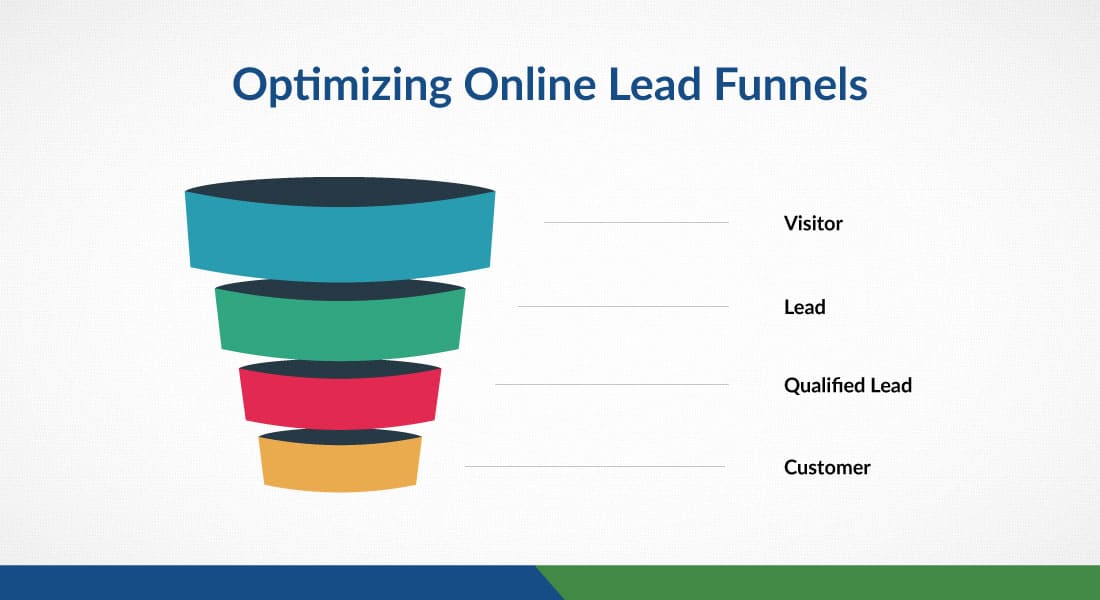The film Demolition Man premiered on October 8, 1993, just over 29 years ago. In its satirical depiction of the future, the only restaurant remaining after the “Franchise Wars” is Taco Bell. (Or in the international cut, Pizza Hut – both are owned by PepsiCo.)
It was a bold move purchasing such a prominent placement in an R-rated film, and it’s safe to assume PepsiCo’s marketing team did their due diligence to ensure their money wouldn’t go to waste… but it’s difficult enough for a production studio to determine whether they’ll make their money back on a film, much less a taco chain/food and beverage conglomerate.
I imagine their ad execs had a difficult time of it: estimating how many theaters would show the film, pushing to tweak the restaurant’s depiction in the editing room, wondering how audiences would react to a placement that was less an advertisement than an absurd joke.
Could they have known the film would outperform its budget by 200%? Perhaps, but they surely didn’t predict its impact would extend so far that they’d run a 2018 ad campaign based on the Franchise Wars and open a pop-up shop with limited merchandise at San Diego’s Comic Con.
So why am I bringing up a Sylvester Stallone movie old enough to rent a car? Because there’s something that fascinates me about PepsiCo’s decision: beyond broad historical sales data before and after the film’s release, the marketers know almost nothing about who bought a quesadilla because they saw Demolition Man.
Tracing Leads
In contemporary online marketing, our lives revolve around lead tracking. We go to great effort setting up measurement tools like UTM parameters to help us collect this data, which we then examine carefully to ensure we can focus on what’s working and avoid wasting our budget on what’s not.
It might seem odd, then, that large businesses often run “brand awareness” campaigns intended not primarily to drive sales but to expand viewership and improve the brand’s reputation.
Increased revenue is the eventual goal, but the approach eschews typical funneling tactics, and results can only be loosely tracked with surveys or by charting short-term boosts in sales.
Ambiguous Data
When we launch an ad campaign, we have to be cognizant of confounding factors. Are there seasonal ebbs and flows to the business’s traffic? Have industry competitors changed their tactics or opened new locations nearby recently?
A film’s theatrical and home video release viewership, future technological advances leading to new audience exposure, and memetic staying power & cultural cache over the subsequent 30 years each present vastly unknowable variables.
The truth is that some leads cannot be traced back to a point of contact. These aren’t bad or useless by any means – they’re just as likely to result in sales – but they have no accompanying data, which presents a problem.
Unless you have PepsiCo’s budget, you should pursue these leads only when it is cheap & minimally risky to do so.
Should You Pursue Unmeasurable Leads?
That doesn’t mean you should avoid opportunities for unlikely or far-future sales. It means that your initial calculation should have its basis within the reality of here and now.
So here’s another truism to consider: your hypothesis means nothing if it can only be tested once.
A marketing campaign calculated to return its investment within a fiscal quarter is a surer bet than one that might do doubly as well over the course of a decade, and not just because it pays off faster: because it is replicable.
When you’re struggling with marketing, it’s tempting to throw out what hasn’t been working and start from scratch. However, this is the time when you need data – and a tried-and-true methodology – more than ever.
For that, we suggest finding someone with experience (and success) in today’s marketing.




